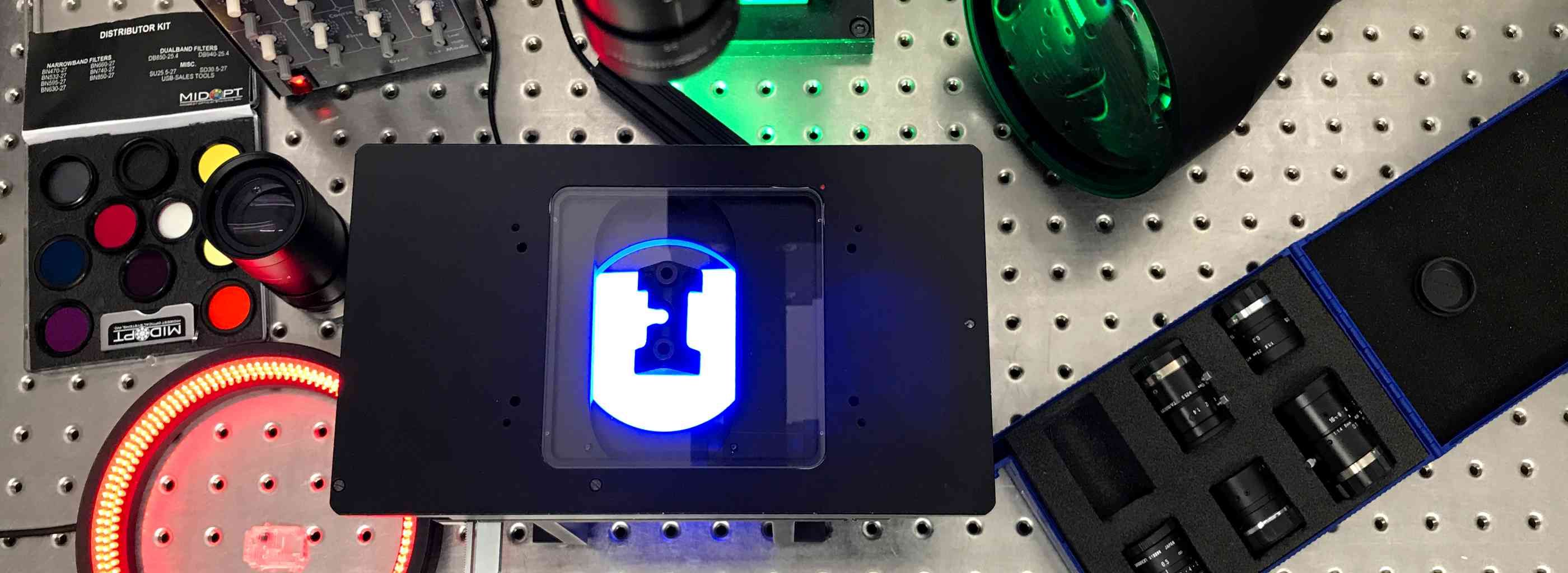





















Typical values in practice for "normal applications" are mainly between 0.1 and 20 ms. Using CMOS sensors, shorter exposure times of up to 1 µs can be realised, too.
If the exposure time calculation gives greater values (e.g. 50 ms), it is of course possible to use a shorter exposure time (e.g. 5 ms) if there is sufficient light. Longer exposure times are also to be avoided as vibrations can also become visible in the image.
Please use this calculation method for linear part movements.

Note: Even when using the drop-down lists own values can be entered. Please use the first entry "user def."!
The calculation of the proper exposure time is also possible with rotary movements, where cylindrical objects are inspected with an area scan camera. A possible example would be reading a data matrix code on a cylindrical component, which is rotated in front of the camera until the code has been read in by the machine vision system.

Please note that with larger angles for the arc of circle, perspective shortenings occur at the edge of the arc, which are not taken into account for the calculation. Changes in the magnification due to different working distances are also ignored.
Note: Even when using the drop-down lists own values can be entered. Please use the first entry "user def."!

Vision-Doctor.com is a private, independent, non-commercial website project without customer support.
For the best advice, training and sales of machine vision lcomponents and systems please click here.
(external link partner website in Europe)